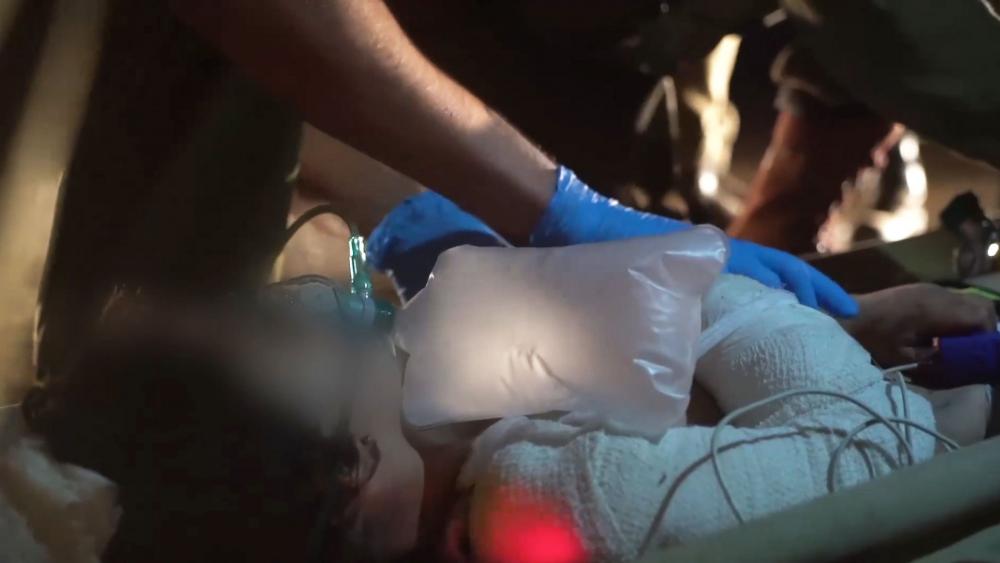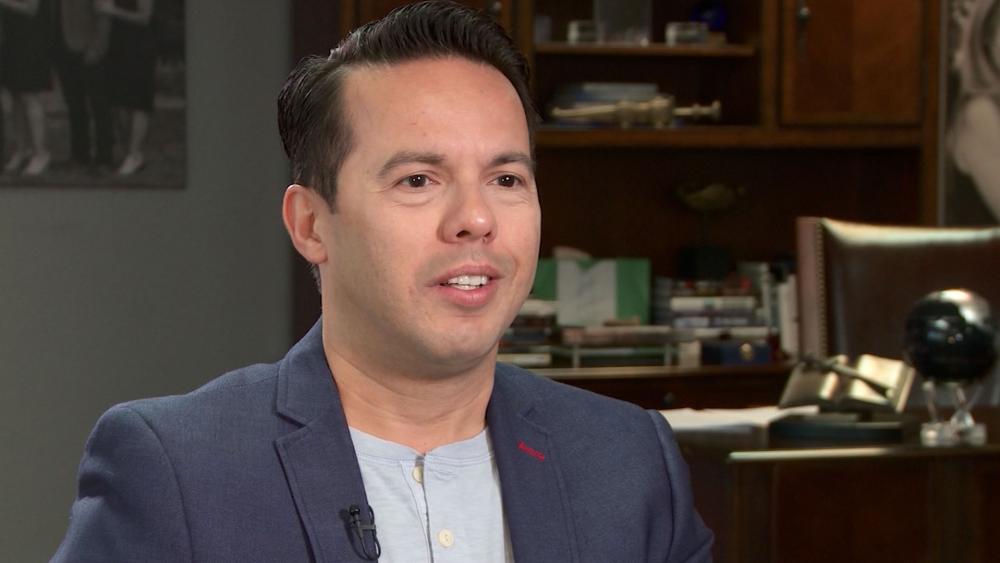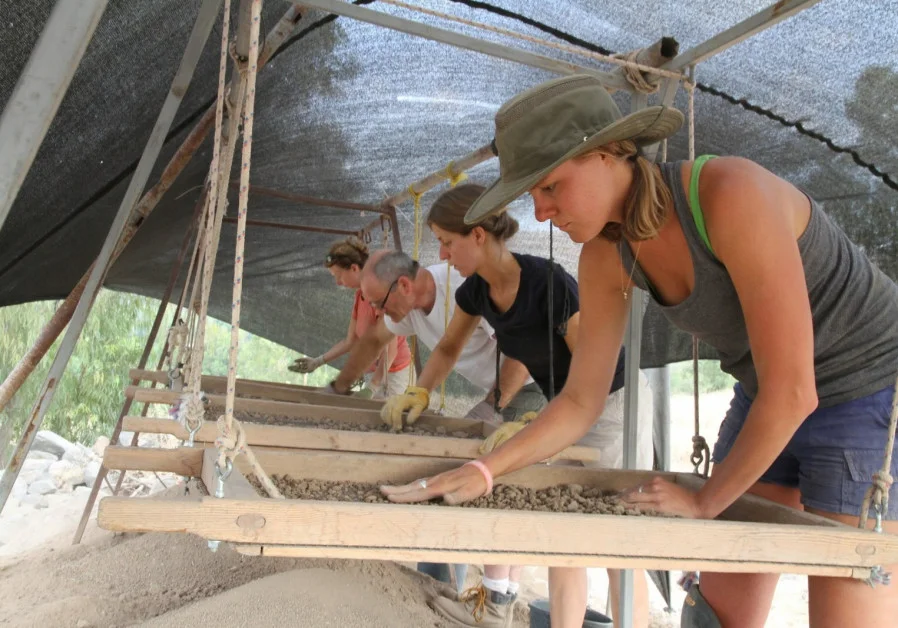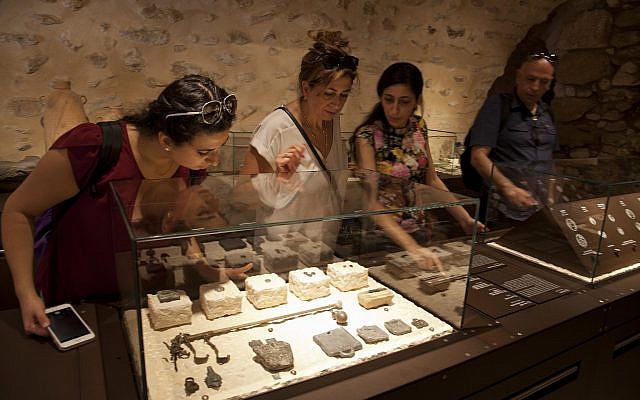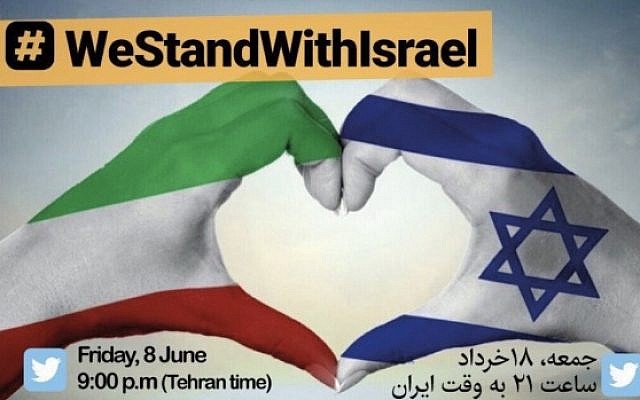(Photo: Niki Davidoff, IAA)
By Ruth Schuster - July 29, 2018
Another spectacular mosaic has been found in the city of Lod while doing groundworks for a museum to house the spectacular mosaics already found there in previous years.
The mosaic was found in a late Roman-era house dating to about 1,700 years ago. The sheer quality of the stonework indicates the owner was extravagantly wealthy.
“The villa included a large, luxurious mosaic-paved reception room triclinium and an internal columned courtyard, also with mosaics, and a water system,” says archaeologist Amir Gorzalczany, the director of the present excavation.
In fact, this is the third mosaic discovery in this structure – which, in embarrassing contrast to modern construction, seems to have existed for centuries.
The archaeological find indicates the house survived in one form or another from the Roman era – the first century – to the late Roman era, around the late third century or early fourth, says Gorzalczany.
Based on other Roman-era homes found in the area, which also had mosaic decorations, it appears that this luxurious manse of yore had been in the elite neighborhood of Roman-era Lod, he says. The Israel Antiquities Authority excavators also found Roman-era coins, ceramics and marbles, as well as other signs of luxury such as fragments from frescoes typical of the finer houses of Rome itself.
To whom might this lovely domicile have belonged?
Read More: Haaretz







